Did you know that Iguaçu Falls is one of the Seven Natural Wonders of the World? The grandeur of its 275 waterfalls along the Iguaçu River is one of the most iconic sights in both Brazil and Argentina, and you can explore them from both countries!
Iguaçu National Park has entered the top 10 dream destinations for travelers, according to a study by The Bucket List Company that analyzed Google search data to uncover trending attractions and travel hotspots. Brazil’s natural wonder secured 6th place, highlighting its appeal for adventure tourism.
Want to know exactly where Iguaçu Falls is located, how to access it from the Brazilian and Argentinian sides, and what else to do in the region? Read this article to find all the essential information you need to visit this UNESCO World Heritage Site!
Where are Iguaçu Falls and how to get there?
Iguaçu Falls is a stunning collection of around 275 waterfalls on the Iguaçu River, located precisely on the border between Brazil and Argentina. Part of the falls is in the city of Foz do Iguaçu, Paraná, within Iguaçu National Park, while the other part is in the Argentine city of Puerto Iguazú.
To visit the falls, you can access them from either the Brazilian or Argentinian side. Since part of the falls is on Brazilian soil, visiting from Foz do Iguaçu is often more straightforward and can be done via taxi, bus, Uber, transfer services, or a personal or rental car.
There is a bus departing from the Urban Transport Terminal in the city center that stops at the airport, Bird Park, and finally, Iguaçu National Park.
Reaching the falls on the Argentinian side is slightly more complex but equally rewarding. Taxis and Ubers tend to be more expensive, but public transportation options are also available.
You can take a bus line from the Urban Transport Terminal in Foz that goes to Puerto Iguazú. From there, you’ll need to board another bus, the Cataratas Argentinas line, which takes about 30 minutes to reach the park.
You can also book a Civitatis transfer to get around Foz do Iguaçu with ease!
What Is the best time to visit Iguaçu Falls?
There are two main factors to consider when determining the best time to visit Iguaçu Falls. Although it’s not a beach destination, rain can disrupt some outdoor activities, including the visit to the falls themselves.
Additionally, the amount of rainfall prior to your visit will significantly impact the water flow of the falls. During rainy periods, the falls can become the third-largest in the world by water volume, with flow rates increasing up to 10 times, reaching 11,000 cubic meters per second—compared to the usual 1,500.
The best months to visit Iguaçu Falls are between April and November. These months experience less rainfall but follow the rainy season, allowing you to witness the falls at their most powerful without the high risk of getting caught in the rain. However, it’s worth noting that Iguaçu Falls is a versatile destination that can be visited year-round!
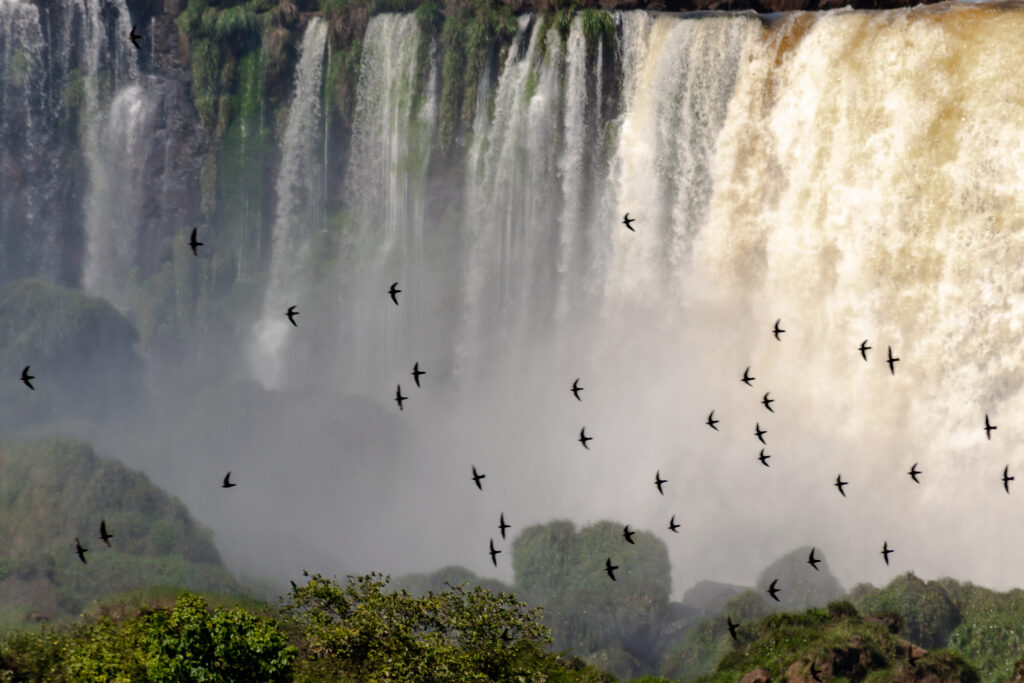
Did you know that Brazil was elected the best country in the world for adventure tourism? And Iguaçu Falls was one of the highlights!
What should i know before traveling to Iguaçu Falls?
The first key decision when planning your trip to Iguaçu Falls is whether to explore them from the Brazilian or the Argentine side.
The Brazilian side can be accessed with tickets purchased in advance through the official website. In one day, you can visit the park’s main attractions and even combine your trip with a visit to the Bird Park (Parque das Aves), located directly across from the entrance to Iguaçu National Park, or the Macuco Safari, which takes you close to the waterfalls by boat!
Internal shuttle buses, included in the ticket price, transport visitors from the entrance to the Cataratas Trail stop since private vehicles are not allowed inside the park.
The ticket for foreigners costs R$ 113.00 (approximately US$ 18.68 / € 17.77). Parking can also be reserved directly on the website, and you’ll select your preferred date and time during the purchase process.
On the other hand, the Argentine side of Iguaçu Falls features most of the waterfalls, offering a longer and more varied experience than the Brazilian side. This side is more adventurous, as the Argentine park is set deeper in dense jungle and is accessed via an ecological train.
Two types of tours are available on the Argentine side. The standard daytime tour costs 2,500 Argentine pesos for Brazilian adults and 1,300 pesos for children and teens up to 16 years old. An alternative tour is offered at night during full moon evenings.
This unique nighttime experience costs 9,000 pesos for adults and 4,500 pesos for children up to 12 years old. The nighttime adventure also offers the option to include dinner at the La Selva restaurant for an additional 3,400 pesos for adults and 1,700 pesos for children.
One important tip, no matter which side you choose to visit, is to be cautious of coatis. Although they may look cute, they are known for snatching bags and food. Never feed them, and avoid getting too close, as they can bite.
Book your tour of the Brazilian side of the Iguazu Falls!
Which side of Iguaçu Falls Is the most beautiful?
When planning a trip to Iguaçu Falls, many people wonder: which side is more beautiful, the Brazilian or the Argentine? Well, both are quite different and complement each other.
On the Brazilian side, you can enjoy a panoramic view from the lower part of the falls, while on the Argentine side, you can see them from above. Additionally, for those who love hiking, the Argentine side offers several trails not available on the Brazilian itinerary.
Both sides are absolutely worth visiting and provide different experiences for tourists! Some agencies even offer packages that include both tours. If you want to further enhance your perspective of the falls, you can also take boat rides or even helicopter flights on the Brazilian side.
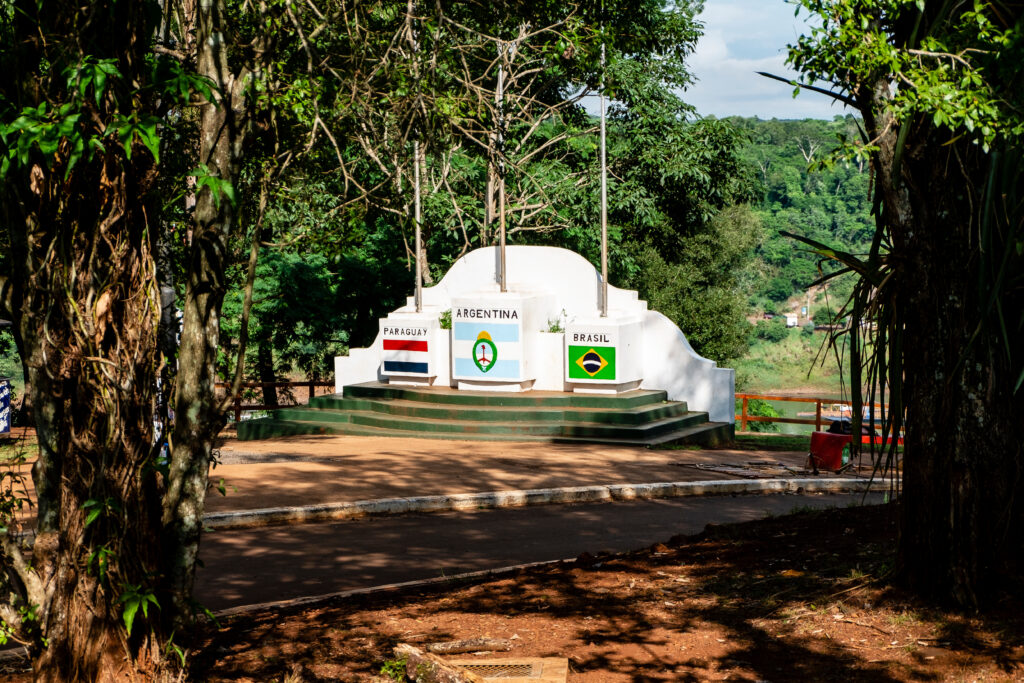
Checklist for your trip to Iguaçu Falls
Now that you have all the information about Iguaçu Falls, it’s time to plan your trip. Don’t forget to:
- Check the rainy season schedule;
- Book park tickets in advance;
- Get travel insurance for a stress-free trip;
- Bring a raincoat, hat, and sunscreen;
And, of course, enjoy it to the fullest!

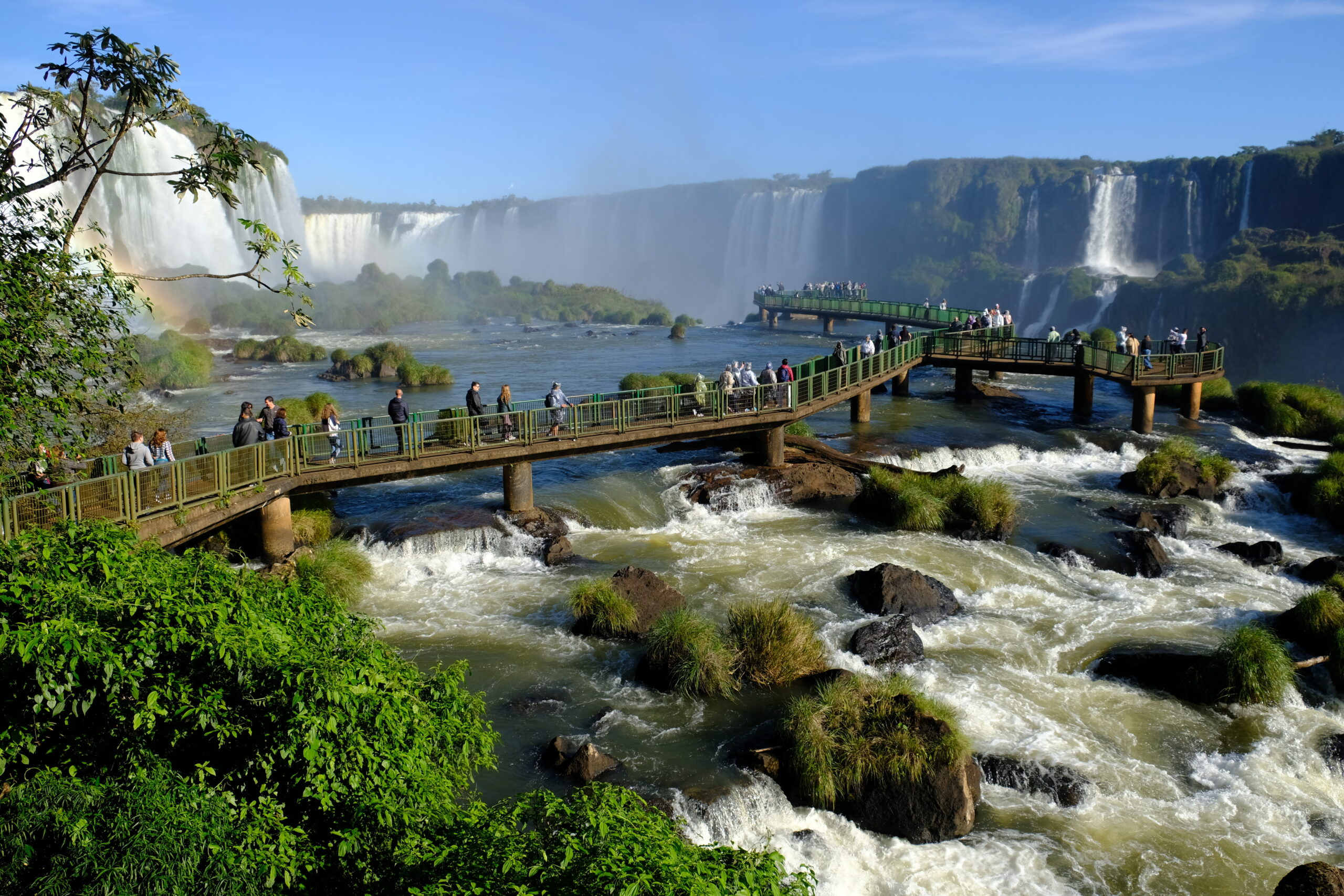
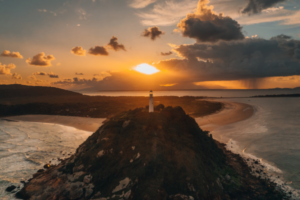
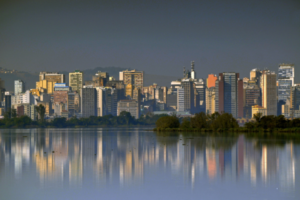
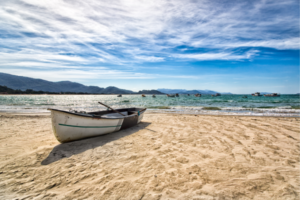
Pingback: Best destinations to visit in Brazil in April - Do in Brazil
Choose the Nassau Bahamas Private VIP Shuttle for a premium VIP Airport Transfer Nassau Bahamas. Enjoy exclusive VIP Shuttle Service Nassau Airport with personalized service, from Nassau Airport to Resort VIP Shuttle to VIP Shuttle from Nassau Airport to Atlantis.
Pingback: All Inclusive Resorts in Brazil: Discover the Top 10! - Do in Brazil
great place to visit, thank you for creating this article
Pingback: Ilha do Mel, Brazil: Complete Travel Guide - Do in Brazil
Hello there! This is my first visit to your blog! We are
a group of volunteers and starting a new project in a community in the same niche.
Your blog provided us useful information to work on.
You have done a extraordinary job!
It’s going to be end of mine day, except before end I am reading this great poswt to improve my experience.
Pingback: 10 essential travel hacks for visiting Brazil (that no one tells you!) - Do in Brazil
Every weekend i used to pay a visit this site, because i wish for enjoyment, for the reason that this this
website conations actually good funny material too.
Thank you for the auspicious writeup. It in fact was a amusement account
it. Look advanced to far added agreeable from you! By the way,
how could we communicate?
WOW just what I was looking for. Came here by searching for free viral downline builder
I just could not depart your web site prior to suggesting that I really loved the standard information a person provide for your
guests? Is gonna be back incessantly to investigate cross-check new
posts
Have you ever considered writing an e-book or guest authoring on other sites?
I have a blog based upon on the same ideas you discuss and would love
to have you share some stories/information. I know my viewers would enjoy your work.
If you are even remotely interested, feel free to shoot
me an e mail.
Very good information. Lucky me I recently found your
blog by accident (stumbleupon). I have bookmarked it for later!